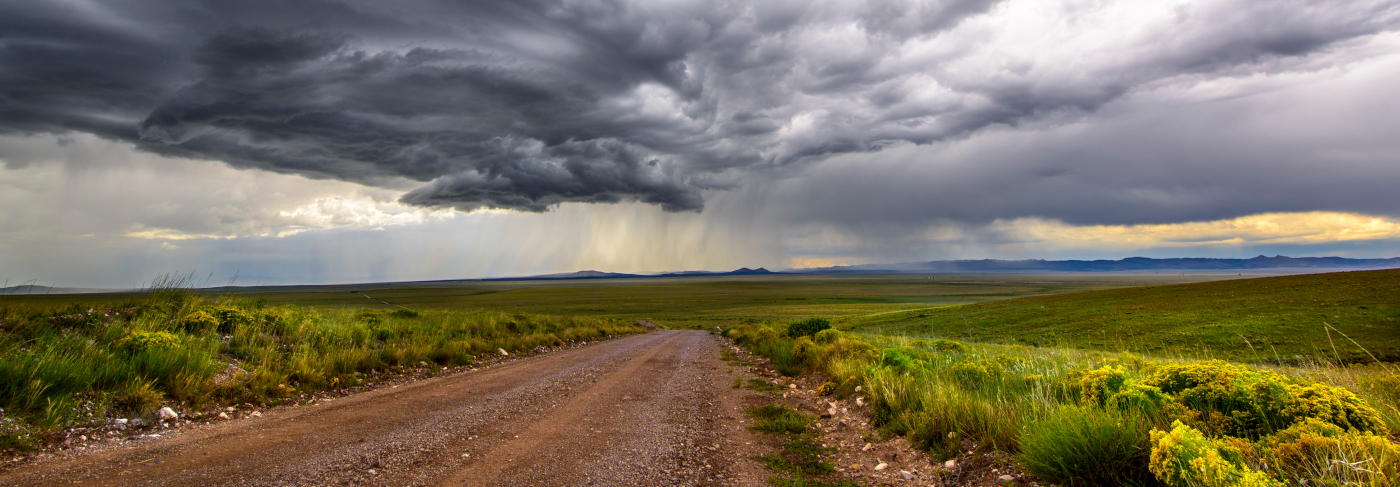
Severe Weather Preparedness
By Richard Hahn | Church Administration
Living in the Midwest, tornadoes can occur with little notice. One summer afternoon, severe weather started to move in during a Wednesday evening church service. Just a few minutes after church started, the tornado sirens began to sound outside. In spite of the weather, there were about 150 adults in the worship service and close to 80 children in classrooms with large windows. As a Certified Safety Professional I was cognizant that immediate action was warranted but alarmed that no one took shelter and the main church service continued as planned.
I later talked with my pastor who also expressed concern about the lack of response, and he was all in for developing a plan before the next severe weather outbreak. Having developed severe weather response plans for the National Leadership and Resource Center, I was in a good position to make a difference.
How would your church respond if severe weather occurred during a church service?
Here are some basic guidelines to help your church be prepared for a severe weather event. (These tasks are listed in order of priority).
1. Secure buy-in from leadership. Explain the benefits of having a plan in place to all church staff and leadership. Emphasize the need to protect all attendees to reduce the risk of injuries—and litigation. These leaders must be convinced of the benefits since the pastor (or another leader) will be the one making the announcement to take shelter.
2. Identify shelter areas. The local emergency management or fire department can assist in this effort. Put signs up that state “Area of Refuge.” Post a building diagram highlighting the shelter areas in several locations around the church. Ensure shelter area capacity is sufficient for the largest attendance days like Easter.
3. Perform practice drills. Perform a drill annually and include adults and children, such as during Sunday School classes. You can also perform a drill with only the children during the main service.
4. Assemble a safety team.
a. Create detailed tasks for each person.
b. Summarize duties on a card and list cell phone numbers of each team member. Detail who notifies pastor and who notifies all other building occupants.
c. Detail who notifies pastor and who notifies all other building occupants. Identify where all utility shut-offs are located and when to turn them off.
d. Identify where all utility shut-offs are located and when to turn them off.
e. Have working emergency lights and an adequate number of flashlights.
5. Confirm the danger. For weather related emergencies, utilize two sources to verify the tornado warning for your area. One source should be a NOAA Weather Alert Radio (I like the Midland WR300). The second source could be the outdoor sirens or a phone call to the local emergency management center. Also consider going to the national weather service Web site here, and specifying your location.
6. Be accountable. Once in shelter area, write down each person’s name and emergency contact phone number. Safety team will collect these to give to fire department if needed. Consider a master list with emergency contact phone numbers. Ensure all children assume protective posture, e.g., facing wall on knees with hands over neck.
7. Have a rapid check out system for parents. However, strongly encourage parents to leave their children in the area of refuge until the storm has passed.
8. Detail who has authority to give the all clear.
9. Review the plan annually with church leaders and volunteers.
Consider the following link for more thorough preparedness. This link includes tornado safety information provided by the federal government at https://www.ready.gov/tornadoes.
 ASSEMBLIES OF GOD
ASSEMBLIES OF GOD